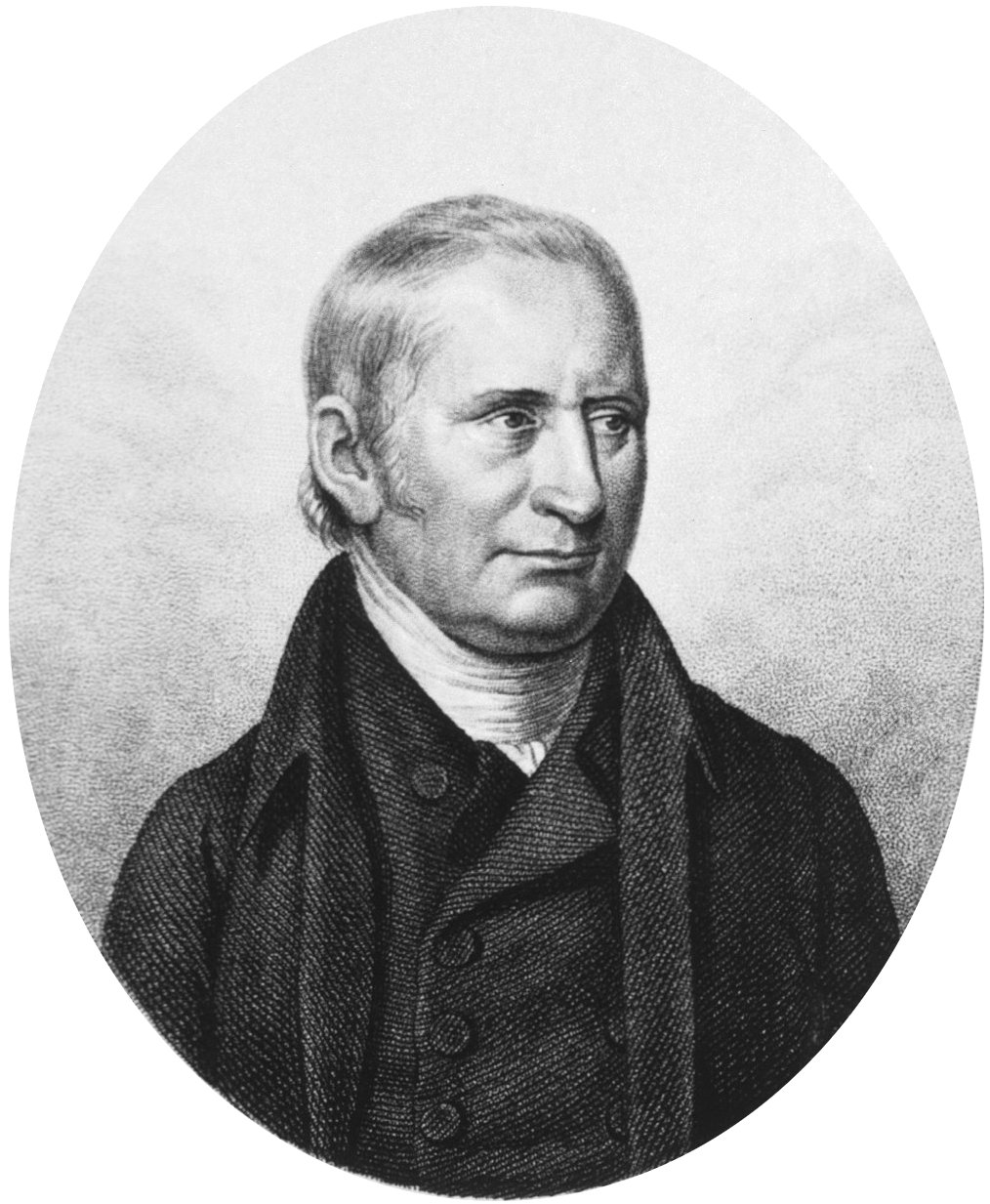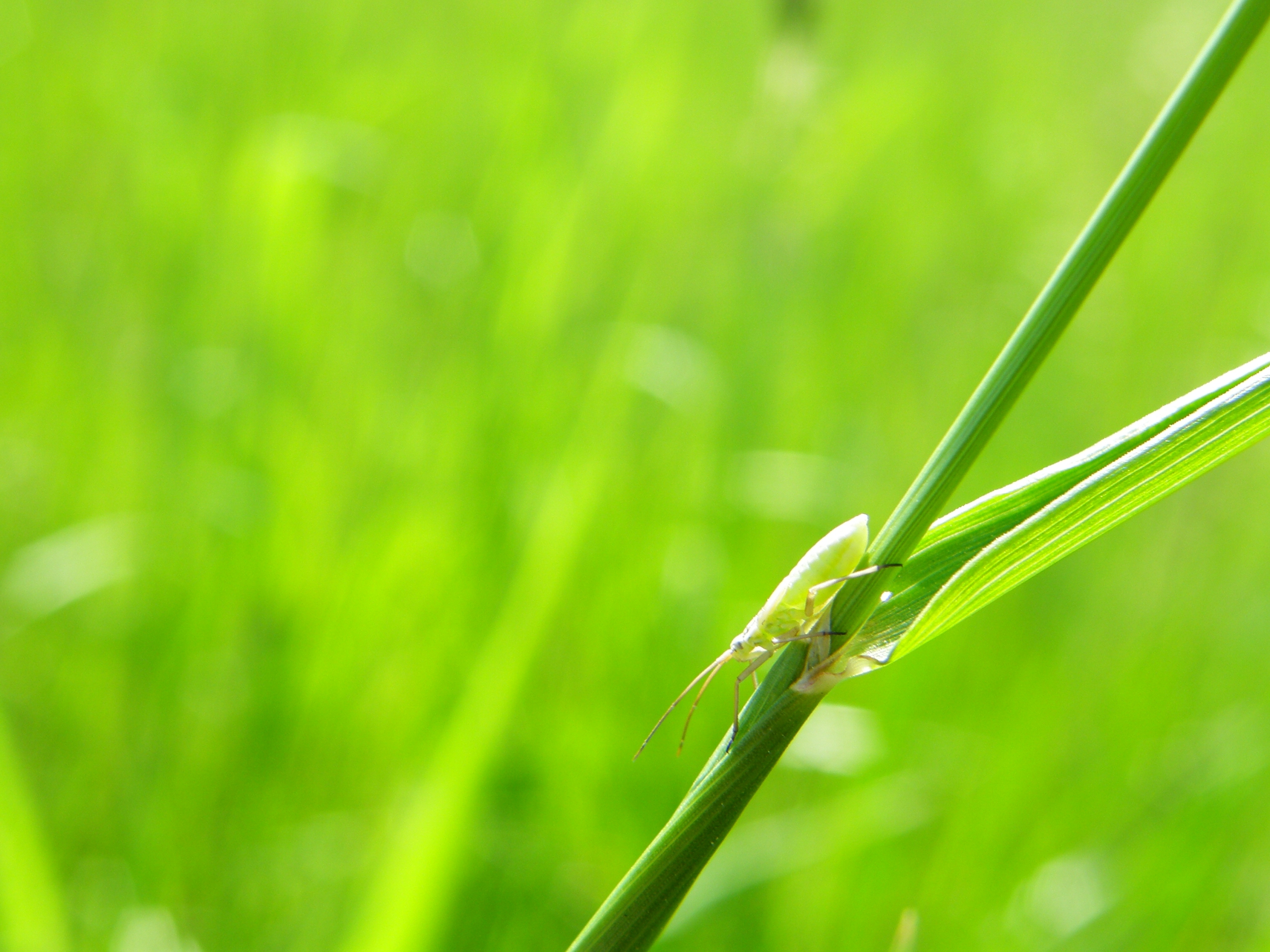|
Polites Peckius
''Polites peckius'', the Peck's skipper, is a North American butterfly in the family Hesperiidae (skippers), subfamily Hesperiinae (grass skippers). This skipper ranges across Canada from British Columbia, as far north as Cartwright, Labrador; Moar Lake, Ontario; Leaf Rapids, Manitoba; and the Hay River (Canada), Hay River area in Alberta. In the US, it ranges in most of the northern and central states, except on the west coast. Description Both sexes have dark brown and yellowish-orange markings as adults. Ventrally, both sexes have a large straw-coloured patch in the middle of the hindwing. This patch helps distinguish it from other ''Polites''. Males are lighter than females, and they have a stigma (round or oval mark) on the forewing. Like other skippers, the ends of the antennae have tiny hooks. The wingspan ranges from 19 to 27 mm. Behavior and life cycle Peck's skipper flies from May to October, and produces two or three generations each year. Adults consume nectar ... [...More Info...] [...Related Items...] OR: [Wikipedia] [Google] [Baidu] |
William Kirby (entomologist)
William Kirby (19 September 1759 – 4 July 1850) was an English entomologist, an original member of the Linnean Society and a Fellow of the Royal Society, as well as a country rector, so that he was an eminent example of the "parson-naturalist". The four-volume ''Introduction to Entomology'', co-written with William Spence, was widely influential. Family origins and early studies Kirby was a grandson of the Suffolk topographer John Kirby (author of ''The Suffolk Traveller'') and nephew of artist-topographer Joshua Kirby (a friend of Thomas Gainsborough's). He was also a cousin of the children's author Sarah Trimmer. His parents were William Kirby, a solicitor, and Lucy Meadows. He was born on 19 September 1759 at Witnesham, Suffolk, and studied at Ipswich School and Caius College, Cambridge, where he graduated in 1781. Taking holy orders in 1782, he spent his entire working life in the peaceful seclusion of an English country parsonage at Barham in Suffolk, working at th ... [...More Info...] [...Related Items...] OR: [Wikipedia] [Google] [Baidu] |
Trifolium Pratense
''Trifolium pratense'', the red clover, is a herbaceous species of flowering plant in the bean family Fabaceae, native to Europe, Western Asia, and northwest Africa, but planted and naturalized in many other regions. Description Red clover is a herbaceous, short-lived perennial plant, variable in size, growing to tall. It has a deep taproot which makes it tolerant to drought and gives it a good soil structuring effect. The leaves are alternate, trifoliate (with three leaflets), each leaflet long and broad, green with a characteristic pale crescent in the outer half of the leaf; the petiole is long, with two basal stipules that are abruptly narrowed to a bristle-like point. The flowers are dark pink with a paler base, long, produced in a dense inflorescence, and are mostly visited by bumblebees. Distribution The red clover is native to Europe, Western Asia, and northwest Africa, but it has been naturalized in other continents, like North and South America. Specificall ... [...More Info...] [...Related Items...] OR: [Wikipedia] [Google] [Baidu] |
Polites (butterfly)
''Polites'' is a genus of North American butterflies of the family Hesperiidae (skippers), subfamily Hesperiinae (grass skippers). Species Listed alphabetically within groups: funet.fi The ''themistocles'' : *'' Polites draco'' (W.H. Edwards, 1871) – draco skipper *'' Polites mardon'' (W.H. Edwards, 1881) – Mardon skipper, Cascades skipper or little Oregon skipper *'' [...More Info...] [...Related Items...] OR: [Wikipedia] [Google] [Baidu] |
Butterflies Of North America
This list contains links to lists with the common and scientific names of butterflies of North America north of Mexico. * Papilionidae: swallowtails and parnassians (40 species) ** Parnassiinae: parnassians (3 species) ** Papilioninae: swallowtails (37 species) * Hesperiidae: skippers (300 species) ** Pyrrhopyginae: firetips (1 species) ** Pyrginae: spread-wing skippers (138 species) ** Heteropterinae: skipperlings (7 species) ** Hesperiinae: grass skippers (141 species) ** Megathyminae: giant-skippers (13 species) * Pieridae: whites and sulphurs (70 species) ** Pierinae: whites (29 species) ** Coliadinae: sulphurs (40 species) ** Dismorphiinae: mimic-whites (1 species) * Lycaenidae: gossamer-wings (144 species) ** Miletinae: harvesters (1 species) ** Lycaeninae: coppers (16 species) ** Theclinae: hairstreaks (90 species) ** Polyommatinae: blues (37 species) * Riodinidae: metalmarks (28 species) * Nymphalidae: brush-footed butterflies (233 species) ** Libytheinae: snou ... [...More Info...] [...Related Items...] OR: [Wikipedia] [Google] [Baidu] |
Poa Pratensis
''Poa pratensis'', commonly known as Kentucky bluegrass (or blue grass), smooth meadow-grass, or common meadow-grass, is a perennial species of grass native to practically all of Europe, North Asia and the mountains of Algeria and Morocco. Although the species is spread over all of the cool, humid parts of the United States, it is not native to North America. The Spanish Empire brought the seeds of Kentucky bluegrass to the New World in mixtures with other grasses. In its native range, ''Poa pratensis'' forms a valuable pasture plant, characteristic of well-drained, fertile soil. It is also used for making lawns in parks and gardens and has established itself as a common invasive weed across cool moist climates like the Pacific Northwest and the Northeastern United States. When found on native grasslands in Canada, for example, it is considered an unwelcome exotic plant, and is indicative of a disturbed and degraded landscape. Taxonomy ''Poa pratensis'' was one of the many speci ... [...More Info...] [...Related Items...] OR: [Wikipedia] [Google] [Baidu] |
Leersia Oryzoides
''Leersia oryzoides'' is a species of grass known by the common name rice cutgrass or just cut-grass. It is a widespread grass native to Europe, Asia, and North America and present in many other regions, such as Australia, as an introduced species. This is a rhizomatous perennial grass growing to a maximum height between 1 and 1.5 meters. The leaves are up to about 28 centimeters long and have very rough, minutely toothed edges. The inflorescence is a loose, open array of wavy, hairlike branches bearing rows of spikelets. Each spikelet is a flat fruit with a rough, bristly lemma without an awn, and no glumes. Some of the spikelet branches develop within the sheaths of the leaves and are cleistogamous. This grass is sometimes used for erosion control and restoring wetland A wetland is a distinct ecosystem that is flooded or saturated by water, either permanently (for years or decades) or seasonally (for weeks or months). Flooding results in oxygen-free (anoxic) processes prevai ... [...More Info...] [...Related Items...] OR: [Wikipedia] [Google] [Baidu] |
Hindwings
Insect wings are adult outgrowths of the insect exoskeleton that enable insects to fly. They are found on the second and third thoracic segments (the mesothorax and metathorax), and the two pairs are often referred to as the forewings and hindwings, respectively, though a few insects lack hindwings, even rudiments. The wings are strengthened by a number of longitudinal veins, which often have cross-connections that form closed "cells" in the membrane (extreme examples include the dragonflies and lacewings). The patterns resulting from the fusion and cross-connection of the wing veins are often diagnostic for different evolutionary lineages and can be used for identification to the family or even genus level in many orders of insects. Physically, some insects move their flight muscles directly, others indirectly. In insects with direct flight, the wing muscles directly attach to the wing base, so that a small downward movement of the wing base lifts the wing itself upward. Thos ... [...More Info...] [...Related Items...] OR: [Wikipedia] [Google] [Baidu] |
Forewings
Insect wings are adult outgrowths of the insect exoskeleton that enable insects to fly. They are found on the second and third thoracic segments (the mesothorax and metathorax), and the two pairs are often referred to as the forewings and hindwings, respectively, though a few insects lack hindwings, even rudiments. The wings are strengthened by a number of longitudinal veins, which often have cross-connections that form closed "cells" in the membrane (extreme examples include the dragonflies and lacewings). The patterns resulting from the fusion and cross-connection of the wing veins are often diagnostic for different evolutionary lineages and can be used for identification to the family or even genus level in many orders of insects. Physically, some insects move their flight muscles directly, others indirectly. In insects with direct flight, the wing muscles directly attach to the wing base, so that a small downward movement of the wing base lifts the wing itself upward. Those i ... [...More Info...] [...Related Items...] OR: [Wikipedia] [Google] [Baidu] |
Thistle
Thistle is the common name of a group of flowering plants characterised by leaves with sharp prickles on the margins, mostly in the family Asteraceae. Prickles can also occur all over the planton the stem and on the flat parts of the leaves. These prickles are an adaptation that protects the plant from being eaten by herbivores. Typically, an involucre with a clasping shape similar to a cup or urn subtends each of a thistle's flower heads. The comparative amount of spininess varies dramatically by species. For example, ''Cirsium heterophyllum'' has minimal spininess while ''Cirsium spinosissimum'' is the opposite. Typically, species adapted to dry environments have greater spininess. The term thistle is sometimes taken to mean precisely those plants in the tribe Cardueae (synonym: Cynareae), especially the genera '' Carduus'', ''Cirsium'', and ''Onopordum''. However, plants outside this tribe are sometimes called thistles. Biennial thistles are particularly noteworthy for ... [...More Info...] [...Related Items...] OR: [Wikipedia] [Google] [Baidu] |
Purple Vetch
Purple vetch is a common name for several plants and may refer to: *''Vicia americana'' *'' Vicia benghalensis'', native to southern Europe and north Africa It is a legume used as livestock feed Fodder (), also called provender (), is any agricultural foodstuff used specifically to feed domesticated livestock, such as cattle, rabbits, sheep, horses, chickens and pigs. "Fodder" refers particularly to food given to the animals (including .... It used to be an ingredient in a lawn seed mix. It can be a nuisance in the garden due to its winding nature and can be considered a weed. References {{Plant common name ... [...More Info...] [...Related Items...] OR: [Wikipedia] [Google] [Baidu] |
Nectar
Nectar is a sugar-rich liquid produced by plants in glands called nectaries or nectarines, either within the flowers with which it attracts pollinating animals, or by extrafloral nectaries, which provide a nutrient source to animal mutualists, which in turn provide herbivore protection. Common nectar-consuming pollinators include mosquitoes, hoverflies, wasps, bees, butterflies and moths, hummingbirds, honeyeaters and bats. Nectar plays a crucial role in the foraging economics and evolution of nectar-eating species; for example, nectar foraging behavior is largely responsible for the divergent evolution of the African honey bee, ''A. m. scutellata'' and the western honey bee. Nectar is an economically important substance as it is the sugar source for honey. It is also useful in agriculture and horticulture because the adult stages of some predatory insects feed on nectar. For example, a number of parasitoid wasps (e.g. the social wasp species ''Apoica flavissima'') rely ... [...More Info...] [...Related Items...] OR: [Wikipedia] [Google] [Baidu] |





